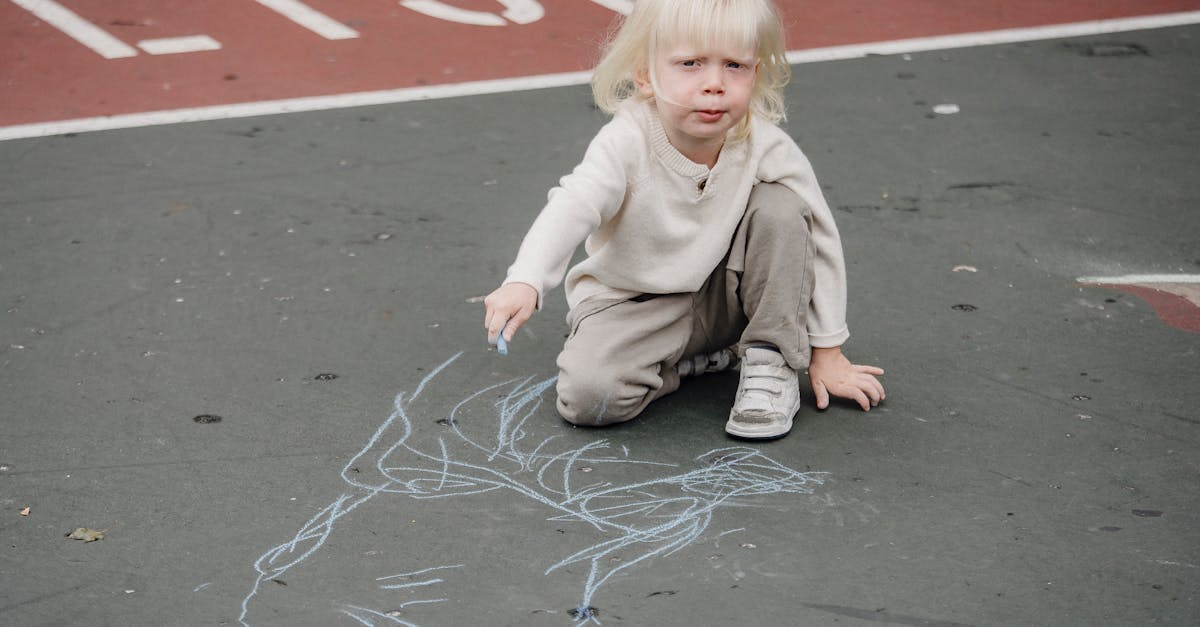The Tightrope Walk: Finding the Balance
Walking the tightrope between freedom and structure in parenting is like trying to nail jelly to a wall – tricky but not impossible. We’ve all been there, standing at the precipice of either being too strict or too lenient, wondering if there’s a magical middle ground.
Spoiler alert: There is, and it’s all about balance. Setting boundaries with your child doesn’t mean crafting a prison of rules, but rather a safety net that allows them to soar without fear. It’s finding that sweet spot where your child feels both supported and independent, like letting them choose their outfit for the day but requiring it be weather-appropriate.

Embracing this delicate balance can help nurture your child’s growth and development while maintaining a sense of security and freedom. Remember, just like a tightrope walker, finding stability requires practice, patience, and a willingness to adjust when needed.
Where Do We Draw the Line?
Knowing where to draw the line between freedom and structure can seem like deciphering an ancient code. It’s a blurry line, made even more complex by the unique personality of each child.
For some parents, it’s allowing their child to explore their neighborhood freely; for others, it’s setting specific play areas. The key is communication—discussing guidelines and expectations clearly and, most importantly, listening. Yes, listening. Your child’s feedback can help you gauge how tight or loose the reins should be.

The Power of Consistent Boundaries
The true power of boundaries lies in their consistency. Imagine telling your child they need to be home by dusk but then not following up when they saunter in after dark. What message does that send? Consistency is the glue that holds the boundaries together, making them clear and understandable for your child. It’s about being firm but fair, showing your child that, like gravity, certain rules are non-negotiable. But remember, consistency doesn’t mean rigidity. There’s room for flexibility, understanding, and, most importantly, showing unconditional love.

By establishing and maintaining consistent boundaries, you provide a safe and secure environment for your child to thrive. It sets expectations, instills discipline, and builds trust. Consistency helps children develop a sense of responsibility and understand the consequences of their actions. Through consistent boundaries, you are not just guiding their behavior but also shaping their character.
When the Lines Blur: Adapting with Love
Boundaries aren’t set in stone; they adapt as our children grow and evolve. What works for a toddler won’t necessarily fly with a teenager. This is where the lines can blur, challenging us to adapt with love and understanding. It’s sitting down with your teenager and renegotiating curfews or internet use, always with the intent of guiding rather than controlling. Adapting boundaries is not a sign of weakness but a demonstration of your love and respect for your child’s growing independence.

Encouraging Responsibility Within Boundaries
Encouraging responsibility within boundaries is the ultimate goal, fostering a sense of independence while ensuring safety. It’s giving your child chores with clear expectations, allowing them to earn privileges through responsibility. This approach teaches them that freedom comes with responsibility and that structure doesn’t mean lack of trust but rather a guidance framework to help them navigate the world. Essentially, it’s preparing them to set their own boundaries in the future, a skill that will serve them well in all aspects of life.

Related Posts:
- Effect of Boundaries on Preschoolers’ Behavior & Development
- Screen Time Limits in Christian Parenting
- Emotional Development: Setting Boundaries with Pre-schoolers
- Creative Activities for Pre-Schoolers: Boundaries & Engagement
- Christian Parenting: Boundaries with Love
